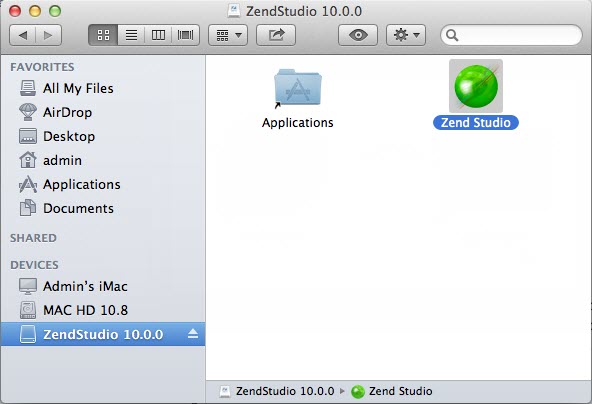
ZEND STUDIO FOR MAC MAC OS
On platforms other than Mac OS X, the memory settings are command line switches to Java in the shortcut or script that starts Studio.Īfter making these two changes, I have found the Studio’s performance on the Mac mini to be very acceptable. It’s worth noting that you can do both of these tweaks on all platforms supported by Studio. This tip is also useful for other Java applications, such as Eclipse. Your results will vary based on how much physical RAM is installed in your machine. You’ll need to play around with the setting to see how it affects performance. Save your changes and then restart Studio. I have 1 GB RAM, so I use -Xms128m -Xmx512m to specify a minimum of 128 MB and a maximum of 512 MB. Under Root > Java > VMOptions, change the string to specify the minimum and maximum size of memory to use. Double-click on Contents/ist to open it in the Property List Editor. Using the Finder, navigate to the folder /Applications/Zend/ZendStudioClient-5.0.0/bin, and then control-click (right-click) on ZDE and select Show Package Contents from the context menu. Second, you can try increasing Studio’s memory footprint if you have enough RAM.

Increase Popup after _ ms to 500 ms and the text editor will immediately become more responsive. Fortunately, there are two things that you can do with Zend Studio to get an immediate performance increase.įirst and easiest, select Tools > Preferences > Code Completion from the menu bar, and find Automatically Show Code Completion List. On some larger applications, such as Zend Studio, it is a little sluggish. Overall, it is a pretty nice little machine but its 1.42 GHz G4 processor isn’t the fastest thing out there. Recently, I purchased a Mac mini and started using it as my home computer.


 0 kommentar(er)
0 kommentar(er)
